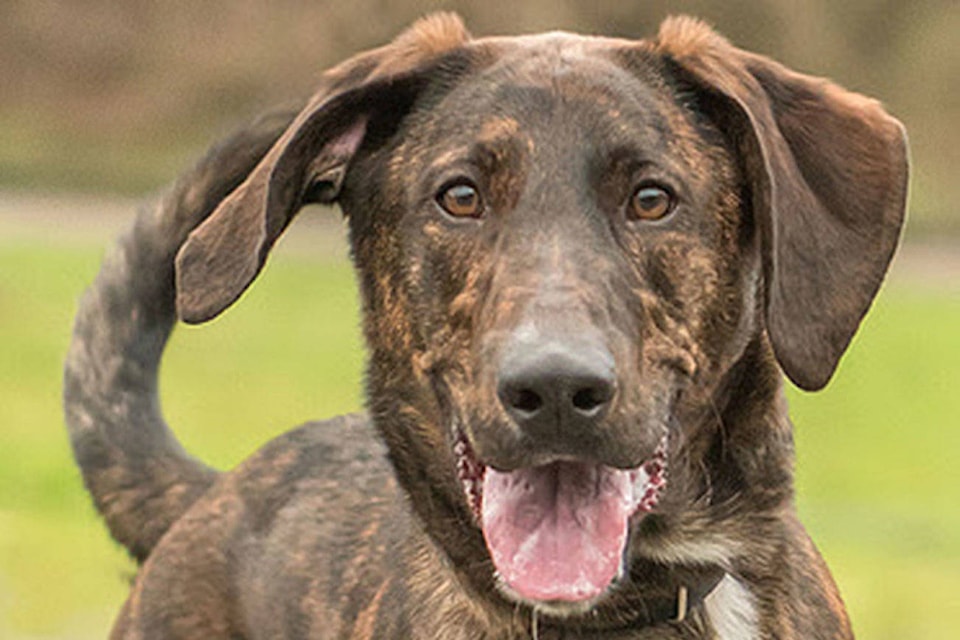Miniature horses, monkeys and pigs can legally fly as emotional support animals on at least one Canadian airline, but a travellers’ advocate says most jet-setting comfort animals are far less exotic and are a truly necessary accommodation for people with disabilities.
Unusual animal encounters at the airport have been making headlines in recent weeks.
United Airlines turned away a passenger who tried to board a flight with an emotional support peacock last month, and a Florida woman claimed last week that an airline employee told her to flush her dwarf hamster down a toilet after refusing to let the pet on the plane.
Passenger rights activist Gabor Lukacs, who has waged numerous legal battles against Canadian airlines, said the attention paid to these sensational cases undermines the rights of people with disabilities who need emotional support animals to fly comfortably.
“We need to move away the focus from the animal to the fellow passenger,” said Lukacs.
“The animal is not there as a kind of luxury, they are simply there to make sure that a person with a disability is able to enjoy the same way to travel as people who don’t have disabilities.”
Air Canada and WestJet both have policies on their websites regarding emotional support animals and require that a passenger provide documentation from a licensed mental health professional certifying the need for the animal.
Air Canada only allows emotional support dogs on their flights.
WestJet accepts a much broader range of emotional support animals including cats, miniature horses, pigs and monkeys, and said decisions about other “unusual animals” are made on a case-by-case basis, except for those that pose health risks such as rodents and reptiles.
Neither airline agreed to be interviewed about their policies.
READ MORE:
Lukacs said Canadian airlines are obliged to accommodate emotional support animals for people with disabilities and failure to do so would amount to a form of discrimination.
He said the only exception would be if the animal poses a substantial risk of harming other passengers, but insisted that overwhelmingly, pets on planes cause little disruption.
Douglas Tompson said on a recent flight from Saskatoon to Toronto he was seated near a passenger who took her cat out of its carrier and started playing with it, to the coos of flight attendants.
His throat started to tingle.
Tompson, who is highly allergic to cats, said the flight attendants had to give him a Benadryl from a first-aid kit to reduce the redness and swelling, but he was still itching and wheezing as he boarded his next two flights on his more than 24-hour journey.
He said he was told to give the airline a doctor’s note about his allergy so they could create a “buffer zone” if he were to again share a plane with a feline.
“The flight crew make a big deal about peanut allergies … I wish that they’d make the same announcement for cats,” Tompson said.
Lukacs sees the allergy issue in terms of two passengers having different disabilities, and both deserving to be accommodated.
While some have expressed suspicions about pet owners seeking fake documentation for emotional support animals, Lukacs said trying to fly with an animal under false pretenses would amount to “fraud.”
“As a matter of equity … we don’t consider that people should be paying extra just because they have a disability,” he said.
“They have the right to the flight and enjoy travel the same way as anybody else.”
Adina Bresge, The Canadian Press


